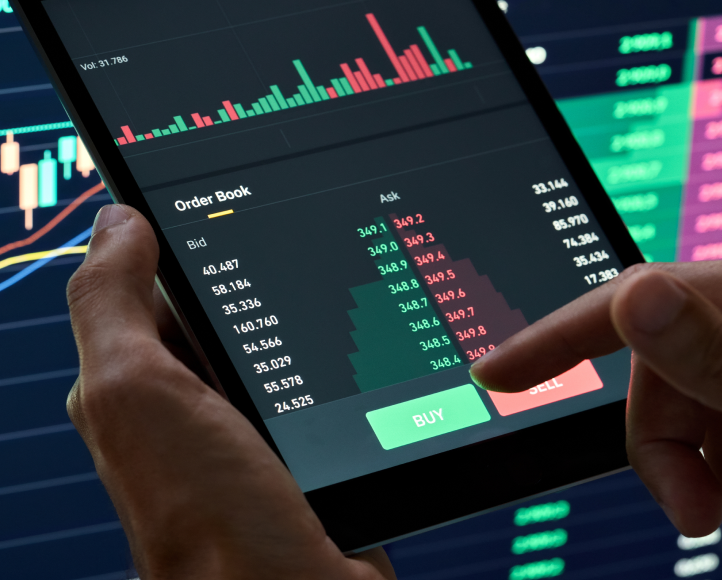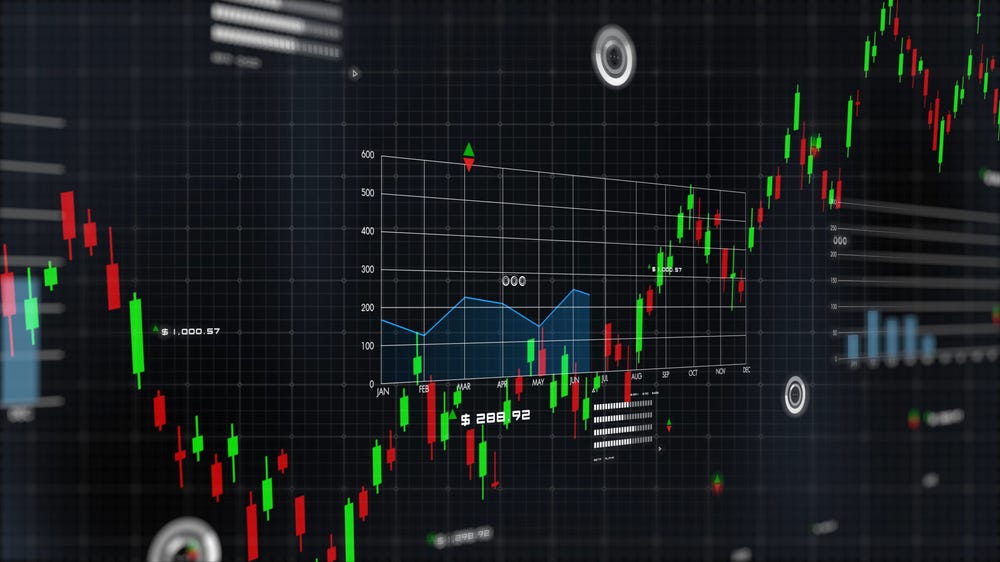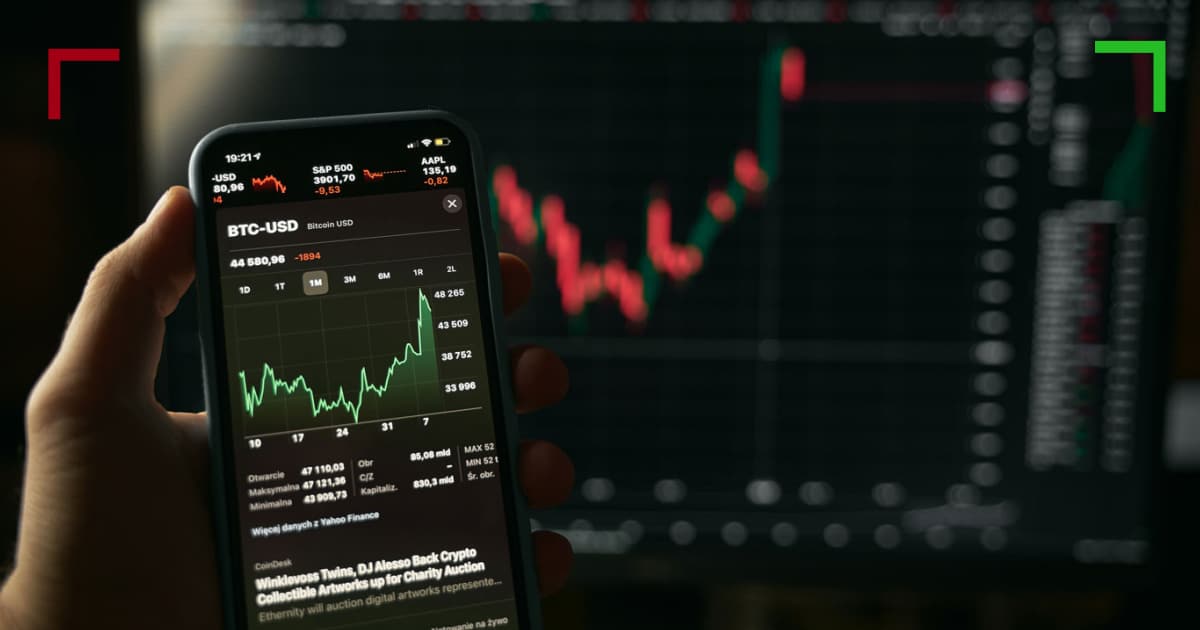Understanding the Crypto Trading Heatmap A Visualization Tool for Traders

Understanding the Crypto Trading Heatmap
In the ever-evolving world of cryptocurrencies, traders often seek tools that provide insights into market dynamics to make informed decisions. One such innovative tool is the Crypto Trading Heatmap. This visual representation not only highlights the performance of various cryptocurrencies but also offers insights into market sentiment and correlations. To learn more about how to capitalize on these insights, Crypto Trading Heatmap visit website.
What is a Crypto Trading Heatmap?
A Crypto Trading Heatmap is a graphical representation that showcases the performance of various cryptocurrencies in a visually appealing manner. Typically, colors are used to indicate performance metrics such as price changes, market capitalization, volume, and other statistical data. The heatmap allows traders to see which cryptocurrencies are performing well, which are underperforming, and the overall market sentiment at a glance.
The Importance of Heatmaps in Crypto Trading
The use of heatmaps in crypto trading cannot be overstated. They provide several advantages:

- Quick Overview: Heatmaps provide an instant snapshot of market conditions. Traders can quickly identify the top gainers and losers in the cryptocurrency market.
- Market Sentiment Indicators: The colors on the heatmap reflect market sentiment. A sea of red might indicate panic selling, while green suggests bullish trends.
- Correlation Insights: By analyzing multiple cryptocurrencies together, traders can discover correlations and relationships between different assets that may influence their trading strategies.
How to Read a Crypto Trading Heatmap
Understanding how to read a heatmap is crucial for any trader. Although each platform may have its specific layout, the core components remain the same:
- Color Coding: Generally, green indicates positive performance, while red denotes a decline. The intensity of the color can indicate the magnitude of the price movement.
- Tickers and Performance Metrics: Each section of the heatmap usually includes the cryptocurrency ticker symbol (like BTC for Bitcoin, ETH for Ethereum), its current price, percentage change over a specified period, and market capitalization.
- Timeframes: Many heatmaps allow you to switch between different timeframes—such as one hour, one day, or one week—giving a more varied perspective on performance.
Using a Heatmap to Inform Trading Decisions
To effectively use a Crypto Trading Heatmap, consider the following strategies:
- Identify Trends: Regularly checking the heatmap for trends can help in recognizing which cryptocurrencies are gaining traction.
- Diversification: Using the heatmap lets you see potentially undervalued cryptocurrencies in the red while others are thriving in the green. Diversification into underperformers with solid fundamentals can be beneficial.
- Market Sentiment Analysis: Pay attention to overall market trends. If the majority are in red, it might be wise to exercise caution or consider short-selling opportunities.
Tools and Platforms Offering Crypto Trading Heatmaps

Numerous platforms offer Crypto Trading Heatmaps, each with its unique features. Some popular tools include:
- Coin360: An interactive heatmap showcasing the performance of cryptocurrencies in real-time.
- CoinMarketCap: This platform provides heatmaps along with a wide array of metrics and news.
- Cryptocurrency Exchanges: Many exchanges, like Binance and Kraken, have integrated heatmaps into their trading interfaces for user convenience.
Common Mistakes When Using Heatmaps
While heatmaps are valuable tools, traders can make critical mistakes if they rely solely on them:
- Ignoring Context: Heatmaps show quantitative data, but they don’t tell the whole story. Always consider external factors like news or regulatory announcements.
- Overtrading Based on Moods: Traders might tend to react emotionally to color changes without thorough analysis, leading to impulsive decisions.
- Fallacy of the ‘Perfect Timing’: Many believe that heatmaps can predict price action with accuracy; however, they serve as indicators rather than certainties.
Conclusion
The Crypto Trading Heatmap is a powerful tool that can enhance a trader’s toolkit by providing clear and concise visual data about market dynamics. Understanding how to read and interpret these heatmaps is crucial for making informed trading decisions. While they don’t replace traditional analysis methods, they can complement them, allowing traders to stay updated and seek opportunities efficiently. In the fast-paced world of cryptocurrency, being equipped with the right tools like heatmaps can make a significant difference in achieving trading success.
